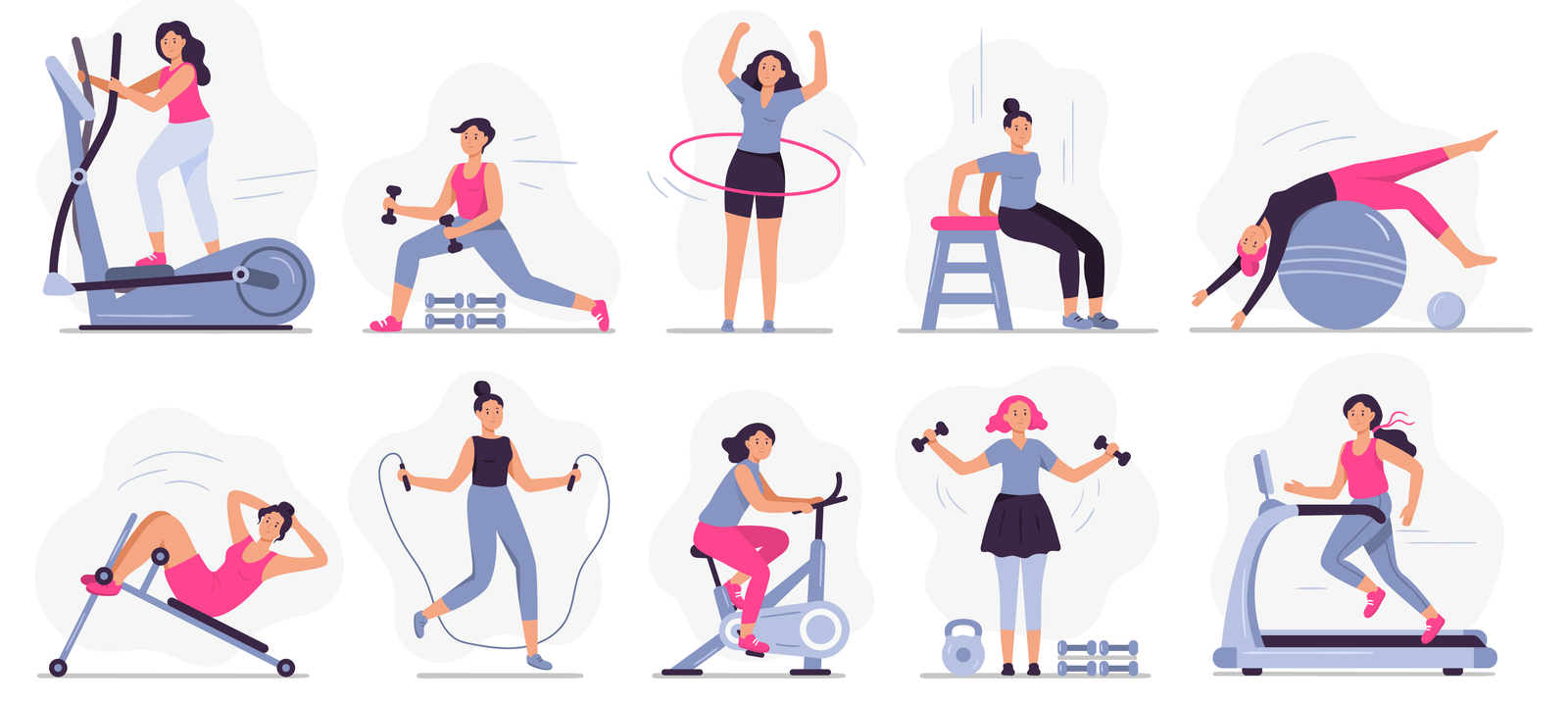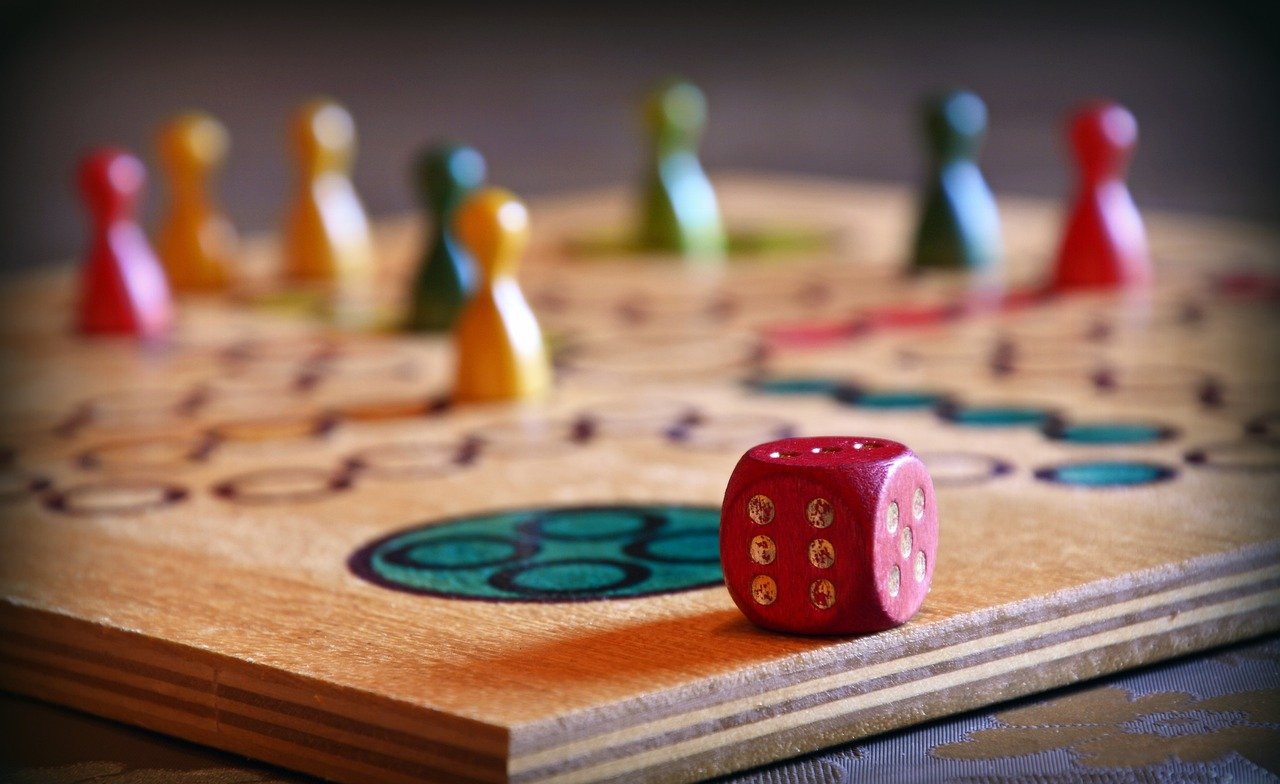Physical activities play an essential role in maintaining overall health, improving mood, and promoting a balanced lifestyle. From structured exercise routines to simple daily movements, engaging in physical activities regularly benefits people of all ages, supporting cardiovascular health, muscle strength, flexibility, and mental well-being.
The Benefits of Physical Activities
1. Enhanced Cardiovascular Health
Engaging in physical activities such as walking, jogging, cycling, or swimming strengthens the heart, improves circulation, and helps reduce the risk of heart disease, high blood pressure, and stroke.
2. Improved Muscle and Bone Strength
Strength-based activities, like weightlifting, resistance exercises, or even bodyweight movements, play a significant role in building muscle mass and bone density. Strong muscles and bones provide better support to joints and reduce the likelihood of osteoporosis and arthritis.
3. Boosted Mental Health
Regular physical activity has been shown to reduce symptoms of depression and anxiety by releasing endorphins, which act as natural mood elevators. Activities such as yoga and tai chi focus on mindfulness and relaxation, helping reduce stress and improve mental clarity.
4. Better Flexibility and Balance
Exercises that promote flexibility, such as stretching, pilates, or yoga, enhance mobility and prevent injuries. These activities help maintain balance, which is especially important as we age.
5. Weight Management
Physical activity is essential for weight control, as it helps burn calories, increases metabolism, and builds lean muscle. Even low-impact activities like walking or light aerobic exercise contribute to maintaining a healthy weight.
Types of Physical Activities
1. Aerobic Exercise
Aerobic activities, also known as cardio, involve rhythmic movements that increase the heart rate and breathing. These exercises improve endurance and cardiovascular health.
- Examples: Running, cycling, dancing, and swimming
- Benefits: Improves heart health, lung capacity, and endurance
2. Strength Training
Strength training activities focus on building and toning muscles. These exercises use resistance to strengthen and increase muscle mass.
- Examples: Weightlifting, resistance band workouts, and bodyweight exercises like push-ups and squats
- Benefits: Increases muscle strength, enhances bone density, and improves metabolic rate
3. Flexibility and Balance Training
Flexibility exercises involve stretching muscles, while balance exercises improve coordination and stability.
- Examples: Yoga, pilates, and tai chi
- Benefits: Improves joint health, reduces injury risk, and maintains balance and flexibility
4. High-Intensity Interval Training (HIIT)
HIIT involves alternating between intense bursts of activity and short rest periods. It’s an efficient way to burn calories in a short time.
- Examples: Sprinting intervals, circuit training, or plyometric exercises
- Benefits: Increases calorie burn, boosts cardiovascular health, and builds endurance
5. Recreational and Sports Activities
Engaging in sports or outdoor recreational activities not only provides a workout but also adds an element of fun and social interaction.
- Examples: Hiking, playing soccer, tennis, or basketball
- Benefits: Enhances physical health, builds teamwork skills, and promotes social well-being
Tips for Incorporating Physical Activity into Daily Life
1. Start Small and Build Consistency
Beginning with short, manageable activities, like a 10-minute walk, can help ease you into regular exercise. Gradually increase the duration and intensity over time.
2. Set Clear Goals
Setting achievable goals, like “walking 3 times a week” or “stretching every morning,” provides motivation and helps maintain consistency.
3. Find Activities You Enjoy
Enjoyable activities are easier to stick with. Whether it’s dancing, swimming, or hiking, choose activities that are fun and rewarding.
4. Schedule Workouts
Treat physical activity as an important part of your routine by scheduling specific times for it. This approach increases the likelihood of making it a habit.
5. Mix It Up
Combining different types of exercises prevents boredom and works different muscle groups. Incorporating both aerobic and strength training, along with flexibility exercises, ensures a balanced approach to fitness.
Physical Activities for Different Age Groups
1. Children and Adolescents
Children should engage in a variety of physical activities daily, including running, jumping, and climbing, which help develop coordination, strength, and confidence.
- Recommended: At least 60 minutes per day of moderate to vigorous activity
2. Adults
For adults, physical activity helps maintain physical health, manage stress, and prevent chronic illnesses. A balanced routine that includes cardio, strength, and flexibility training is ideal.
- Recommended: At least 150 minutes of moderate-intensity activity or 75 minutes of high-intensity activity per week
3. Older Adults
Physical activity is vital for maintaining balance, mobility, and strength as we age. Gentle, low-impact exercises can help reduce fall risks and improve overall well-being.
- Recommended: Regular balance and flexibility exercises, along with moderate-intensity aerobic activity as tolerated
Safety Tips for Physical Activity
- Warm-Up and Cool Down: Prepare the body for exercise by warming up, and reduce soreness by cooling down.
- Stay Hydrated: Drinking enough water before, during, and after exercise is essential for performance and recovery.
- Use Proper Gear: Wearing appropriate shoes and clothing supports comfort and safety, especially in high-impact activities.
- Listen to Your Body: If feeling pain or extreme fatigue, it’s okay to rest or choose a less intense activity.
Physical activities are key to maintaining a vibrant, healthy life. Incorporating a variety of exercises improves physical health, mental resilience, and overall quality of life. Whether it’s through high-intensity workouts, relaxing yoga, or a refreshing walk, engaging in physical activities brings numerous benefits that enhance both body and mind.



